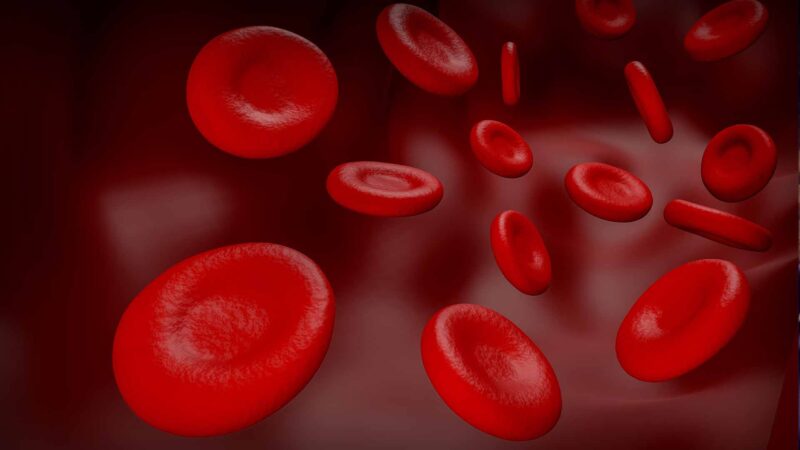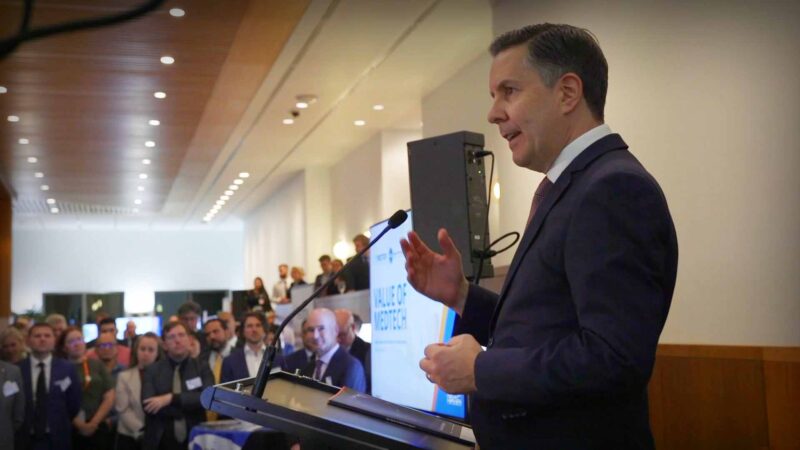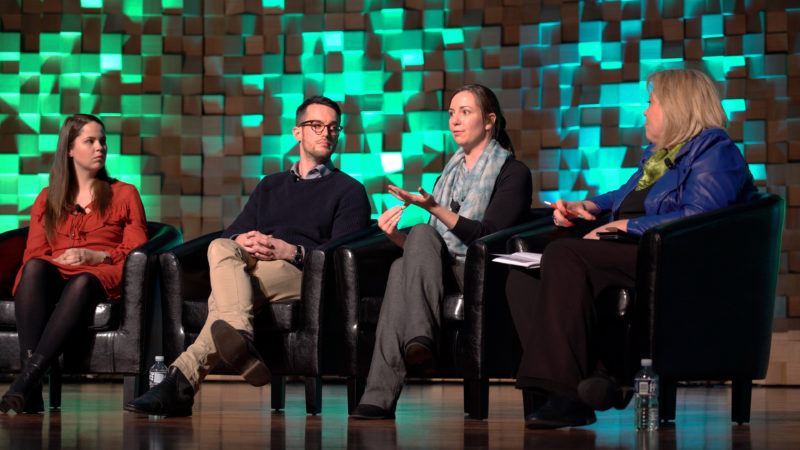In 2019, the Federal Government launched the National Action Plan for the Health of Children and Young People: 2020 – 2030, outlining the ‘national approach to improving health outcomes for all children and young people, particularly those at greatest risk of poor health’.
Priority area one of the national action plan highlights the importance of addressing health inequity for children and young people — the social and other determinants that contribute to this are complex and often compounded.
All public hospitals and health services, from remote clinics to major tertiary centres, are subject to fiscal constraints. This is a reality of public funding. In the absence of budget, public health services either need to look elsewhere for support or continue to make do with what they have. Some of our larger centres and regions are lucky enough to have their own fundraising foundations, but these are few and far between.
For 30 years the Humpty Dumpty Foundation has worked to help bridge the gap that often exists between available resources and actual needs through the donation of paediatric medical equipment. Humpty, like many other charitable initiatives, began with a humble goal. Its Founder and Executive Chairman, Paul Francis OAM, together with Patron Ray Martin AM, set out to raise some money to paint the walls of the Children’s Ward at Royal North Shore Hospital.
Three decades later Humpty is the largest provider of children’s medical equipment to public hospitals and health services in Australia behind governments, supported by a very generous private and corporate donor base.
To date more than 440 hospitals and health services have shared in over $85 million of essential and lifesaving medical equipment for sick and injured paediatric patients. The concept is pretty simple—individual health services identify a specific, unmet equipment need where government funding is not available and apply for this to be included on Humpty’s Wish List. Applications are reviewed by a committee of medical and policy experts to ensure the need is clear and justified, and the equipment is fit-for-purpose for the level of service provided. Approved Wish List requests are promoted to Humpty’s donor base and beyond in the hope of finding a donor.
In the past six months Humpty has donated around $3 million in paediatric equipment to over 100 hospitals and health services across the country – from remote health clinics to major children’s hospitals. The equipment provided ranges from intravenous access devices such as EZ-IO drills right through to sophisticated neonatal transport incubators and ventilation devices.
Against the backdrop of tight health budgets, the work of foundations like Humpty brings much needed private investment into the public health system to address key areas of need and improve health equity. It shouldn’t matter where you live, but all too often the geography lottery means children in rural and remote Australia are unable to access the same level of care as children in metropolitan areas.
While equipment alone doesn’t solve this problem, it can make a tangible difference at the coal face and help to save lives. For health care professionals it provides some confidence they have the right tools on hand to effectively stabilise, monitor and treat small patients until retrieval teams arrive. For families it might mean the difference between receiving treatment close to home or being forced to relocate away from their support systems.
Mid North Coast Local Health District Corporate Relations Manager Sharon Fuller said the support of Humpty Dumpty Foundation and its donors means nursing and medical staff can access the specific equipment they need.
‘Our Paediatric, Midwifery and Emergency teams know exactly the equipment they need to make a difference in the lives of their young patients,’ Mrs Fuller said.
‘The Foundation and its supporters help transform those wish lists into real medical equipment, from items that monitor jaundice to life-saving paediatric laryngoscopes in ED.
‘The difference this equipment makes can’t be measured in dollars alone. It saves lives, it reunites families and it boosts staff morale… our doctors and nurses know they have the community’s support for the very important work they do every day of the year.’
Produced with assistance from Australian Healthcare and Hospitals Association (AHHA). Original article appears in AHHA Health Advocate publication.



